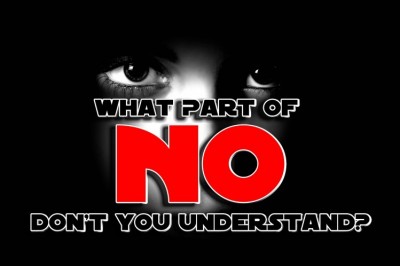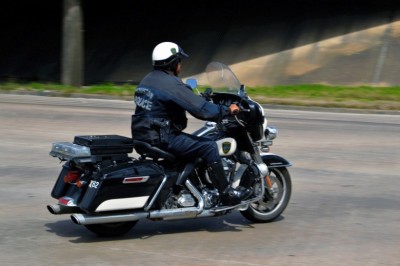Nike - Philip Knights Success Story - Famous Entrepreneurs
Nike - Philip Knights Success Story - Famous Entrepreneurs "Play by the rules. But be ferocious." Starting The Business Like Fred Smith and the origins of FedEx, Philip Knights first ideas of what would become Nike Inc. came to him while he was at school. While working on his masters at Stanford, Knight - an accomplished runner during his undergraduate days at the University of Oregon - wrote an essay that outlined a plan to overcome the monopoly Adidas had on the running shoe market. He thought the way to realize this was to employ cheap Japanese labour to make a shoe both better and cheaper. The plan was put into action shortly after graduating in 1962. Knight went to Japan to meet with the executives of Onitsuka Tiger Co., a manufacturer of imitation Adidas runners, claiming to be the head of a company called Blue Ribbon Sports (which did not exist, except in his mind). Knight convinced Tiger to export their shoes to the States though Blue Ribbon and had them send samples so his associates could inspect them. Knight paid for the samples with money from his father. He sent a few pairs to Bill Bowerman, Knights track coach from his days at the University of Oregon, who became interested in the venture. Knight and Bowerman became partners and put $500 each into the purchase of 200 pairs of Tigers. Blue Ribbon Sports was formed, and Knight began going to high school track and field events selling the shoes from the trunk of his car. Sales were at $3 million dollars when Knight chose to dissolve the partnership with Tiger in the early 1970s. Blue Ribbon began producing its own line and began selling its Nike line (named after the Greek goddess of victory) in 1972. These first Nike shoes were adorned with the now-internationally recognizable swoosh logo - which Knight had commissioned for $35 - and had the traction-improving "waffle soles", conceived of by Bowerman while watching his wife using a waffle iron. Building An Empire Blue Ribbons success (renamed Nike in 1978) throughout the 1970s and into the 80s can largely be attributed to Knights marketing strategy. He thought it best not to push his Nike shoes though advertising, but rather to let expert athletes endorse his product. Fortune smiled on Knight as his partner Bill Bowerman became the coach of the American Olympic team and many of the best performers on the team decided to shod their feet with Nikes. Of course, when the runners performed well, the shoes they wore were highlighted. Steve Prefontaine, a brash and unconventional American record-holder, became the first spokesperson for Nike shoes. After the tennis player John McEnroe hurt his ankle, he began wearing a Nike three-quarter-top shoe, and sales of that particular brand jumped from 10,000 pairs to over 1 million. As Knight had hoped, celebrity athletes endorsements brought success to the company. Knight also capitalized on a jogging craze, and through clever marketing persuaded the consumer that they should only be wearing the best the best in the world. The Air Jordans helped the company continue to thrive into the 1980s. In their first year, the shoe made more than $100 million. Knight realized his initial goal of replacing Adidas as the number the one shoe manufacturer globally in 1986. By then, total sales had surpassed $1 billion. However, by neglecting the growing interest in aerobics shoes, Nike would have to face a few difficulties. Through Problems and Controversy Sales dropped 18% between 1986 and 1987 as Reeboks trendy, stylish aerobics shoes came to be in high demand. Knight had to acknowledge that the technical achievements of the Nike shoe would not satisfy those who placed appearance above performance. The Nike Air was Knights response to Reebok. It revived sales and put Nike back in the number one spot in 1990. Corporate Monster that it had become, Nike was the object of public outrage in 1990 when stories of teenagers killed for their Nikes began floating around. It was believed that Nike was promoting their shoes too forcefully. That same year Jesse Jackson attacked Nike for not having any African-Americans on its board or among its vice-presidents, despite the fact that its customer base was in large part black. Jacksons Nike boycott lasted until a black board member was appointed. There has also been a controversy around whether Knights use of Asian factory workers as cheap labour s exploitative. Through all of the bad press that has been foisted on Nike through these events, Nike shoes have continued to sell well. And in 1993, The Sporting News voted Knight "the most powerful man in sports" though he was neither a player nor a manager. Knights marketing mastery is to be lauded and regarded as a major factor in his impressive successes.





























